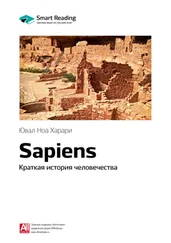In order to turn bulls, horses, donkeys and camels into obedient draught animals, their natural instincts and social ties had to be broken, their aggression and sexuality contained, and their freedom of movement curtailed. Farmers developed techniques such as locking animals inside pens and cages, bridling them in harnesses and leashes, training them with whips and cattle prods, and mutilating them. The process of taming almost always involves the castration of males. This restrains male aggression and enables humans selectively to control the herd’s procreation.
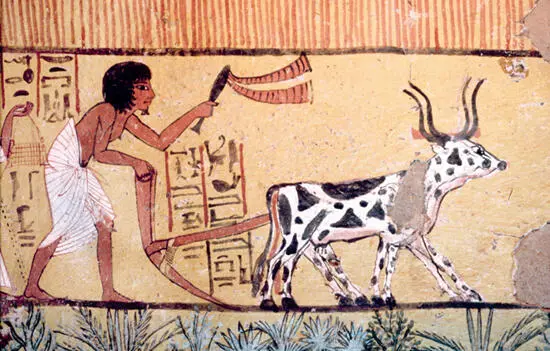
14. A painting from an Egyptian grave, c.1200 BC: A pair of oxen ploughing a field. In the wild, cattle roamed as they pleased in herds with a complex social structure. The castrated and domesticated ox wasted away his life under the lash and in a narrow pen, labouring alone or in pairs in a way that suited neither its body nor its social and emotional needs. When an ox could no longer pull the plough, it was slaughtered. (Note the hunched position of the Egyptian farmer who, much like the ox, spent his life in hard labour oppressive to his body, his mind and his social relationships.)
In many New Guinean societies, the wealth of a person has traditionally been determined by the number of pigs he or she owns. To ensure that the pigs can’t run away, farmers in northern New Guinea slice off a chunk of each pig’s nose. This causes severe pain whenever the pig tries to sniff. Since the pigs cannot find food or even find their way around without sniffing, this mutilation makes them completely dependent on their human owners. In another area of New Guinea, it has been customary to gouge out pigs’ eyes, so that they cannot even see where they’re going. 7
The dairy industry has its own ways of forcing animals to do its will. Cows, goats and sheep produce milk only after giving birth to calves, kids and lambs, and only as long as the youngsters are suckling. To continue a supply of animal milk, a farmer needs to have calves, kids or lambs for suckling, but must prevent them from monopolising the milk. One common method throughout history was to simply slaughter the calves and kids shortly after birth, milk the mother for all she was worth, and then get her pregnant again. This is still a very widespread technique. In many modern dairy farms a milk cow usually lives for about five years before being slaughtered. During these five years she is almost constantly pregnant, and is fertilised within 60 to 120 days after giving birth in order to preserve maximum milk production. Her calves are separated from her shortly after birth. The females are reared to become the next generation of dairy cows, whereas the males are handed over to the care of the meat industry. 8
Another method is to keep the calves and kids near their mothers, but prevent them by various stratagems from suckling too much milk. The simplest way to do that is to allow the kid or calf to start suckling, but drive it away once the milk starts flowing. This method usually encounters resistance from both kid and mother. Some shepherd tribes used to kill the offspring, eat its flesh, and then stuff the skin. The stuffed offspring was then presented to the mother so that its presence would encourage her milk production. The Nuer tribe in the Sudan went so far as to smear stuffed animals with their mother’s urine, to give the counterfeit calves a familiar, live scent. Another Nuer technique was to tie a ring of thorns around a calf’s mouth, so that it pricks the mother and causes her to resist suckling. 9Tuareg camel breeders in the Sahara used to puncture or cut off parts of the nose and upper lip of young camels in order to make suckling painful, thereby discouraging them from consuming too much milk. 10
Not all agricultural societies were this cruel to their farm animals. The lives of some domesticated animals could be quite good. Sheep raised for wool, pet dogs and cats, war horses and race horses often enjoyed comfortable conditions. The Roman emperor Caligula allegedly planned to appoint his favourite horse, Incitatus, to the consulship. Shepherds and farmers throughout history showed affection for their animals and have taken great care of them, just as many slaveholders felt affection and concern for their slaves. It was no accident that kings and prophets styled themselves as shepherds and likened the way they and the gods cared for their people to a shepherd’s care for his flock.
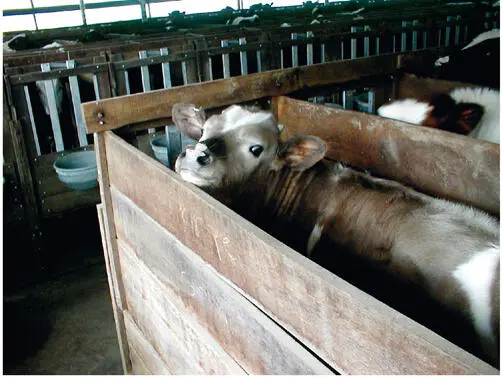
15. A modern calf in an industrial meat farm. Immediately after birth the calf is separated from its mother and locked inside a tiny cage not much bigger than the calf’s own body. There the calf spends its entire life – about four months on average. It never leaves its cage, nor is it allowed to play with other calves or even walk – all so that its muscles will not grow strong. Soft muscles mean a soft and juicy steak. The first time the calf has a chance to walk, stretch its muscles and touch other calves is on its way to the slaughterhouse. In evolutionary terms, cattle represent one of the most successful animal species ever to exist. At the same time, they are some of the most miserable animals on the planet.
Yet from the viewpoint of the herd, rather than that of the shepherd, it’s hard to avoid the impression that for the vast majority of domesticated animals, the Agricultural Revolution was a terrible catastrophe. Their evolutionary ‘success’ is meaningless. A rare wild rhinoceros on the brink of extinction is probably more satisfied than a calf who spends its short life inside a tiny box, fattened to produce juicy steaks. The contented rhinoceros is no less content for being among the last of its kind. The numerical success of the calf’s species is little consolation for the suffering the individual endures.
This discrepancy between evolutionary success and individual suffering is perhaps the most important lesson we can draw from the Agricultural Revolution. When we study the narrative of plants such as wheat and maize, maybe the purely evolutionary perspective makes sense. Yet in the case of animals such as cattle, sheep and Sapiens, each with a complex world of sensations and emotions, we have to consider how evolutionary success translates into individual experience. In the following chapters we will see time and again how a dramatic increase in the collective power and ostensible success of our species went hand in hand with much individual suffering.
THE AGRICULTURAL REVOLUTION IS ONE of the most controversial events in history. Some partisans proclaim that it set humankind on the road to prosperity and progress. Others insist that it led to perdition. This was the turning point, they say, where Sapiens cast off its intimate symbiosis with nature and sprinted towards greed and alienation. Whichever direction the road led, there was no going back. Farming enabled populations to increase so radically and rapidly that no complex agricultural society could ever again sustain itself if it returned to hunting and gathering. Around 10,000 BC, before the transition to agriculture, earth was home to about 5–8 million nomadic foragers. By the first century AD, only 1–2 million foragers remained (mainly in Australia, America and Africa), but their numbers were dwarfed by the world’s 250 million farmers. 1
The vast majority of farmers lived in permanent settlements; only a few were nomadic shepherds. Settling down caused most peoples turf to shrink dramatically. Ancient hunter-gatherers usually lived in territories covering many dozens and even hundreds of square kilometres. ‘Home’ was the entire territory, with its hills, streams, woods and open sky. Peasants, on the other hand, spent most of their days working a small field or orchard, and their domestic lives centred on a cramped structure of wood, stone or mud, measuring no more than a few dozen metres – the house. The typical peasant developed a very strong attachment to this structure. This was a far-reaching revolution, whose impact was psychological as much as architectural. Henceforth, attachment to ‘my house’ and separation from the neighbours became the psychological hallmark of a much more self-centred creature.
Читать дальше
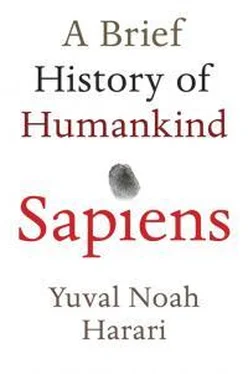




![Юваль Ной Харари - Sapiens. Краткая история человечества [litres]](/books/34310/yuval-noj-harari-sapiens-kratkaya-istoriya-cheloveche-thumb.webp)
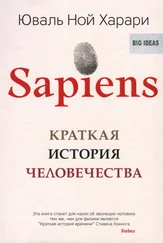


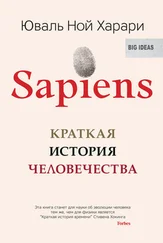

![Юваль Ной Харари - 21 урок для XXI века [Версия с комментированными отличиями перевода]](/books/412481/yuval-noj-harari-21-urok-dlya-xxi-veka-versiya-s-ko-thumb.webp)


